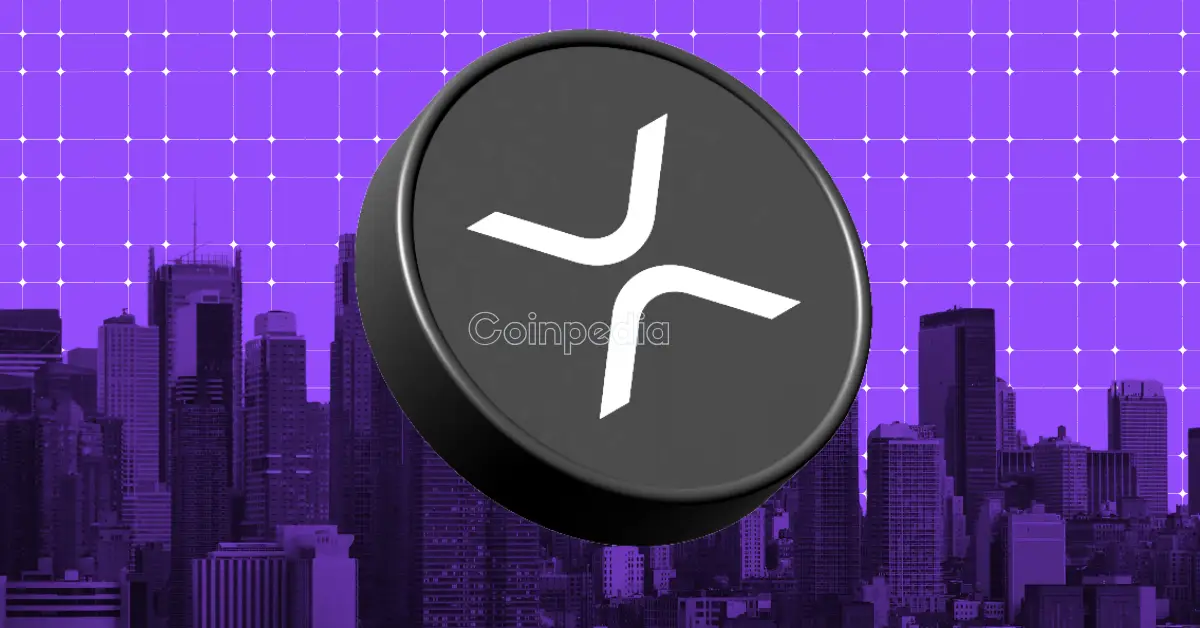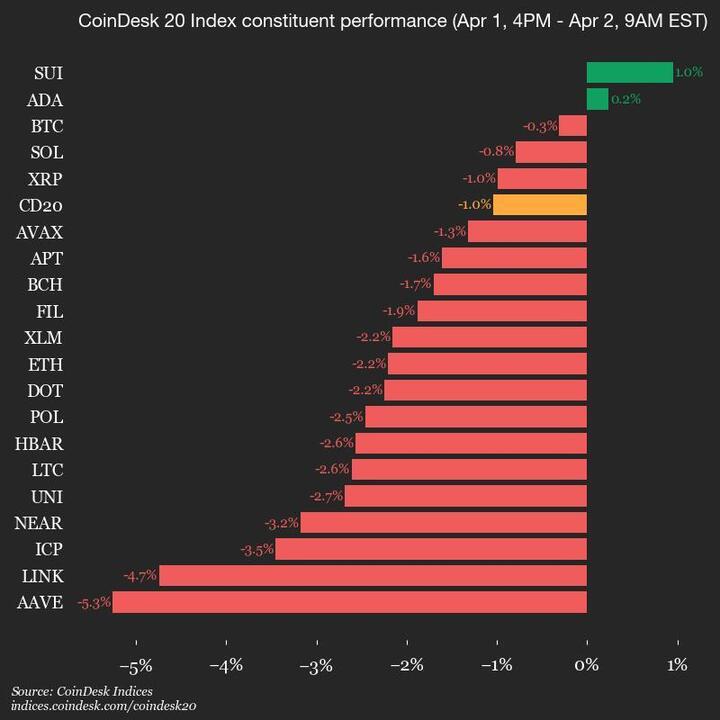Exploring Coreum’s Role in Institutional Blockchain Adoption
Coreum, an innovative blockchain platform, is making waves in the world of institutional finance. A recent report by Cointelegraph Research delves into Coreum’s technical architecture, compliance framework, and its potential impact on regulated asset tokenization.
Coreum’s Technical Architecture
Coreum’s technical architecture is designed to cater to the needs of institutional investors. It boasts a high-performance, scalable, and secure blockchain infrastructure. The platform utilizes a Delegated Proof of Stake (DPoS) consensus mechanism, ensuring fast transaction processing times. Coreum’s smart contracts are built using Rust, a programming language known for its robustness and security.
Compliance Framework
Compliance is a major concern for institutional investors. Coreum addresses this issue through its robust compliance framework. The platform supports both private and public networks, allowing businesses to choose the level of security and transparency that best suits their needs. Coreum also offers a built-in Identity and Access Management (IAM) system, ensuring that only authorized parties can access sensitive information.
Impact on Regulated Asset Tokenization
Coreum’s potential impact on regulated asset tokenization is significant. The platform’s compliance framework and secure infrastructure make it an attractive option for institutions looking to tokenize securities. Tokenization enables the fractional ownership and transfer of assets, increasing liquidity and efficiency in financial markets. Coreum’s ability to support regulated assets could lead to increased adoption by institutional investors.
Effect on Individuals
As a retail investor, you may benefit from Coreum’s impact on institutional blockchain adoption in several ways. First, increased institutional adoption could lead to a more stable and mature market, reducing volatility and risk. Second, the tokenization of securities could make it easier for retail investors to access previously illiquid assets. Lastly, Coreum’s focus on compliance and security could lead to increased trust and confidence in the blockchain space, attracting more investors and driving innovation.
Effect on the World
On a global scale, Coreum’s role in institutional blockchain adoption could have far-reaching consequences. The tokenization of securities could lead to increased efficiency and transparency in financial markets, reducing the need for intermediaries and lowering transaction costs. This could result in increased economic activity and growth, particularly in developing countries. Moreover, the increased trust and confidence in blockchain technology could lead to new applications and industries, driving innovation and creating new jobs.
Conclusion
Coreum’s role in institutional blockchain adoption is an exciting development in the world of finance. Its technical architecture, compliance framework, and potential impact on regulated asset tokenization make it an attractive option for institutional investors. For individuals, this could lead to a more stable and efficient financial market, with increased access to previously illiquid assets. On a global scale, the tokenization of securities could drive economic growth and innovation, creating new opportunities and industries.
- Coreum’s technical architecture is designed for institutional investors, offering fast transaction processing times and robust security.
- Coreum’s compliance framework supports both private and public networks, allowing businesses to choose the level of security and transparency that best suits their needs.
- Coreum’s impact on regulated asset tokenization could lead to increased institutional adoption, driving market stability and reducing volatility.
- For individuals, Coreum’s focus on compliance and security could lead to increased trust and confidence in the blockchain space.
- On a global scale, the tokenization of securities could lead to increased efficiency and transparency in financial markets, driving economic growth and innovation.





